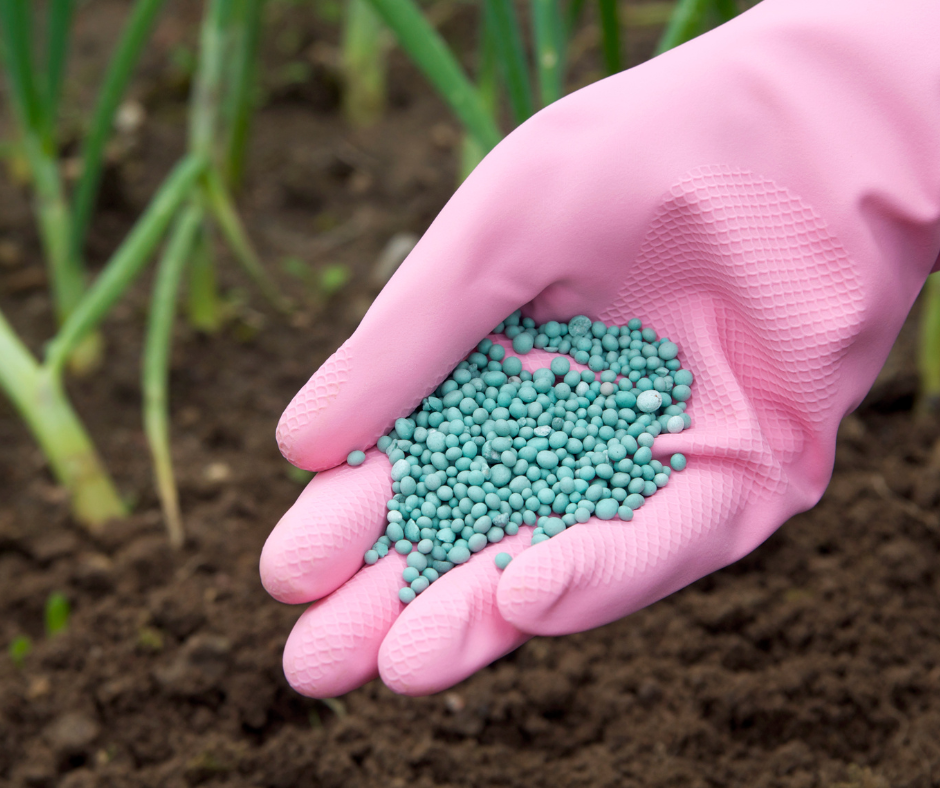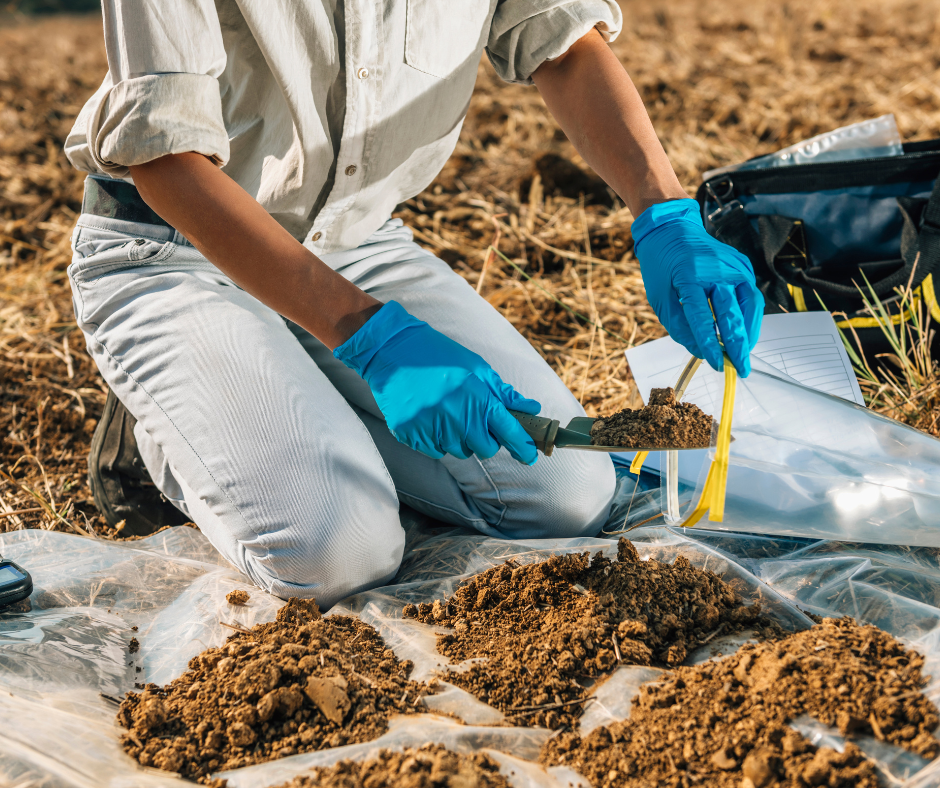Can your soil pass the test? All about soil testing

There isn’t a website, garden magazine or gardening book that doesn’t say, “contact your local Extension service to have your soil tested.”
This gardening advice probably started out many years ago when soil testing involved only a pH test … boy, have things changed.
Do I want you to call the Extension office if you have soil testing questions? Absolutely, we can help with that, but we do not perform soil tests, nor should you. But wait, there is more.
Doing soil testing to get accurate, useful results is more than stopping by the big box store and buying the “home test kit.” First, we have no idea how old those kits are. Have they been in a box for 5 years? Have they been exposed to extreme temperature and moisture extremes so the results would be inaccurate?
I remember a few “interesting results” calls related to home test kits. One client called and said their pH level of their soil was 1. I asked if their feet dissolved when they walked outside — not kidding.
A pH result of 1 is just one number up from a pH of battery acid, which has a pH of 0. Similarly, someone asked what it means when the pH (litmus) paper turns brown. Well, pH paper is a gradient from red for acid to blue for base … no brown. In both of these cases, something is wrong with the testing materials. It is worth getting a professional soil test. That is if you know what they do, and don’t do.
Testing your soil gives basic information. I prefer you call us first to talk about what could be other causes, because often that is the case. That doesn’t mean I don’t want you to get a soil test; it is never a bad idea. But most issues homeowners call about have other causes.
So what does a soil test actually tell you? Five important values: the pH, which is the measure of how acidic (sometimes called “sour” soil) or alkaline (sometimes called ‘sweet’ soil); the levels phosphorus and potassium in our soil; how much nitrogen is needed to add for optimum fertility; and finally, cation exchange capacity, a fancy term for how drainable our soil is.
Did you notice what was not included? Anything else! Many people think soil testing can tell them what types of various chemicals have been used over the years on their soil, or if they suspect that “special” neighbor dumped something to kill their bushes.
Those would be highly specialized tests that would be quite costly. Soil testing is not Nature CSI. If you wanted to test for some lingering contaminant, you would have to have an idea what to test for to start.
And when it comes to pesticides and herbicides, if that is your concern, the ones on the homeowner market today have a fairly short half-life. Take lawn weed killers, for example. Why do you think there is a schedule for re-application every eight to 10 weeks? Because the chemicals break down. Remember, as soon as any product — synthetic or organic — is applied outside, nature starts to break it down. Sunlight, temperatures, precipitation, and most of all the living world beneath our feet — microbes.
There is one caveat to asking for testing for chemicals. If you are starting a community or school or any public gardening project, it is highly recommended to test for lead and arsenic in our soils. Plants are excellent bio remediators — they take up poisons. You certainly don’t need to be eating those vegetables!
Both lead and arsenic are somewhat naturally occurring, but you also have to think about the history of your plot of land. Is there a building now, or was there one formerly?
I had a homeowner who could not figure out why the evergreens he planted and replanted in front of his house were yellowing and dying over and over again. After checking for pathological causes — diseases and insects — none was found. So we did a soil test. His pH was so high it was outside the level of what almost any plant could tolerate.
The real cause? Before the windows were put in, the construction folks dumped all the leftover drywall out the front window, and they buried it. Drywall has a pH of 7.7, and that one area was inhospitable for growth. Lesson learned. The homeowner had the area excavated down a few feet and brought in a fresh soil/compost mix. Problem solved.
Can you take a soil test anytime of the year? Not for accurate results. Early spring is often when gardeners think it is a good time to find out what is going on down below. But cold, wet soil gives inaccurate results. The ideal time is early fall, but anytime after the soil dries enough for planting is acceptable.
How you take a soil test also matters. You might think just dig one shovel full where you are having problems is best. But it does not give a clear picture. It is better to take several samples from a given area, then mix them together to form a composite sample.
When you get your results, feel free to call us to talk about what they mean, although most soil testing labs have improved their results information to make it homeowner user-friendly.

When preparing for a soil test, always take several samples and mix them together for a composite sample.
